Huddled between a row of neem trees and produce vendors, the Soldier Bazar KMC market can be spotted from the Britto Road due to the chaos unfolding at its peripheries. Vendors seated beside their carts compete for the loudest and most creative slogans. First-time visitors strain their necks to spot the marble plaque through a mesh of wires, guiding themselves towards the entrance. Inside, the vendors’ chants — “12 oranges for 400 rupees,” “pomegranates from Kandahar you won’t want to miss” — blend with the blare of horns and revving engines, fading into the hum of pigeons cooing atop shutter boxes and the steady thud of butchers at work. The air carries a sharp mix of spices and freshly skinned chicken, drifting through the market on gusts from overhead ventilation grills. The market is barely lit with LED bulbs hanging every few meters.
A grim alleyway, left to the entrance, leads to Sufi’s kiryana store. Sohail Nizamuddin, alias Gullu Bhai, sits between a pair of metallic scales and a shelf crammed with packets, tins, and jars. He greets every acquaintance with a raised palm or a warm salam from his elevated position. Gullu Bhai’s authoritative presence in the market contrasts with his soft, kind smile as he offers breakfast and tea to his assistants and acquaintances. Gullu Bhai chooses to converse with everyone; he shares life lessons with younger customers, checks in on older acquaintances, and keeps up with market gossip through his assistants. Not a moment outside his stall goes silent.
Before the partition, the Soldier Bazaar locality hosted a camp for British soldiers on the then outskirts of Karachi. Hence, a market adjacent to the servicemen’s lodgings helped facilitate their needs. In her book, Conservation of Architectural Heritage, Wajeeha Laiq notes that after 1947, “trading activities had flourished in [Soldier Bazaar], leading to the increase in population of the area due to the growing business opportunities.” Gullu Bhai has been a resident of Soldier Bazaar ever since his father started working here. After a broken sleep due to repeated stretches of power outages, Gullu Bhai wakes up at 7:30am, eats a quick breakfast, and reaches the market by 8am, only to work alongside multiple institutional issues in the market, making his 11-hour day even more tedious.
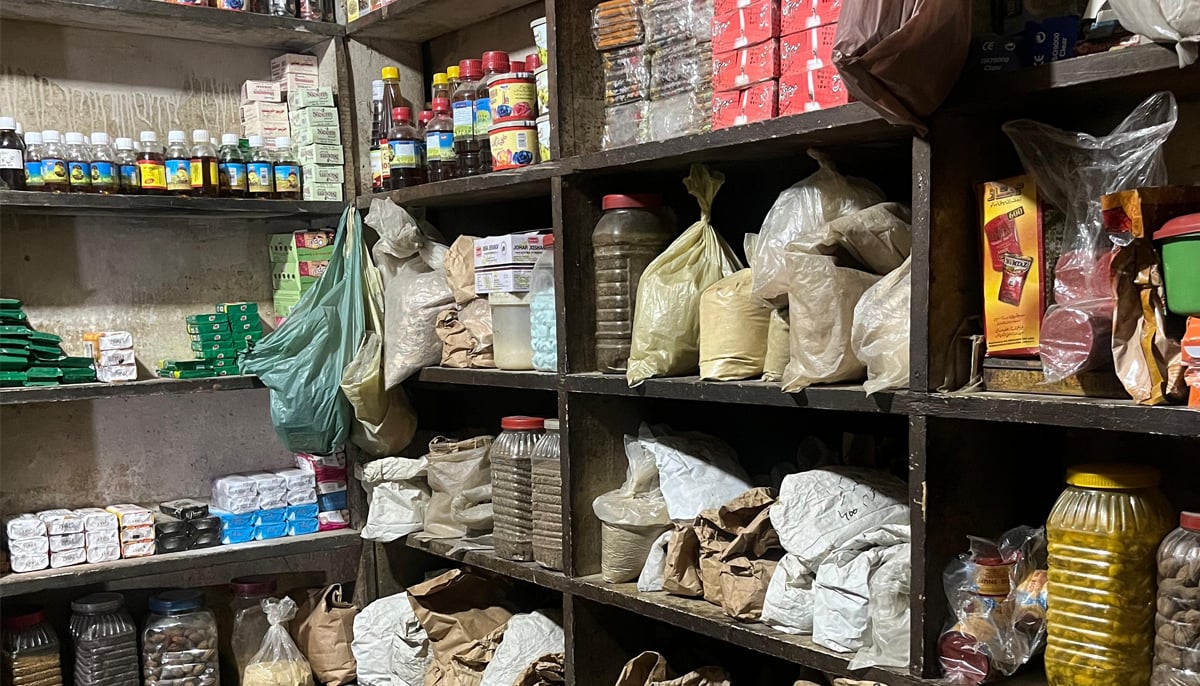
Gullu Bhai’s father, Sufi Nizamuddin was still young when his family migrated from Amritsar to Karachi post-partition. Sufi rented four shops in the KMC market in 1970, shared between all the brothers. Sufi’s death three decades ago — followed a few years later by his brother’s diagnosis with a fatal heart condition — left the remaining two shops in Gullu Bhai’s hands. At the time, a young Gullu Bhai had lofty career plans — he dreamt of a career in music, or law, but his father told him to think of other avenues. Gullu Bhai’s aspirations were overpowered by the need to earn halal, lawful, so he started visiting the market regularly. Today, he takes only three days off in a year, the two Eid holidays and Ashura, giving proof of dedication to his father’s professional legacy.
****
The market’s entryway is overburdened with an entangled mesh of wires, feathery cobwebs, and paint chipping off, revealing the grey plaster underneath. Cemented floors are breaking off, and alleyways are now ineffective for the smooth transport of goods. The grill and lock that once ensured security are now dysfunctional – Gullu Bhai believes that addicts steal metallic objects to get some money. They are caked in layers of dust, moisture and grease, their colour shifting from original grey to burnt amber. Gullu Bhai specifies that the market has not been washed in years despite cleaners taking salaries from the KMC. Reminiscing about the good old days of the market, Gullu Bhai recalls how ten cleaners were allocated by the KMC to ensure the market’s tidiness. And now, there are none.
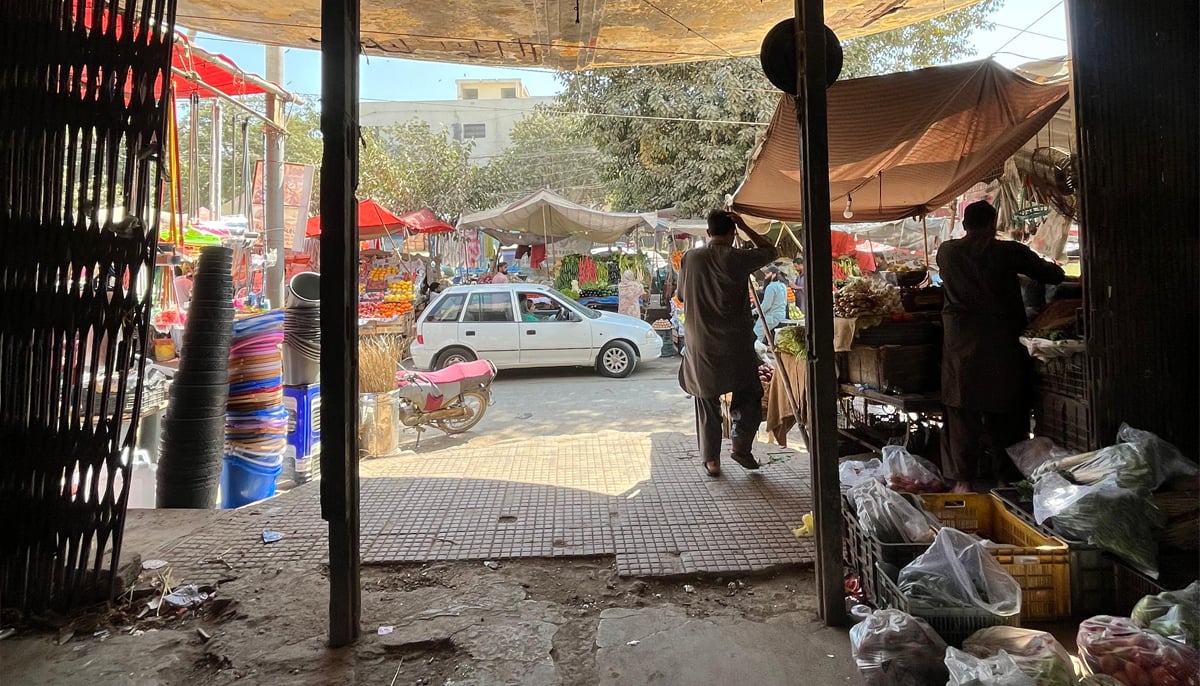
But the market still tries to hold onto the memories of what it once was. My mother remembers the market as a “sparkling clean” space around 30 years ago. It was my grandmother’s go-to stop for running everyday errands. Today, she cannot make that claim. Gullu Bhai recalls how men and women would walk into the now non-existent jogging track after sunrise, take a stroll enjoying the soft morning breeze, and buy breakfast from vendors standing outside the market. As I look at the remnants of what looks like a gathering space where milads, majaalis, Eid milan parties, and wedding receptions were held, I re-imagine my mother’s memory of the market, “Women from all backgrounds dressed in Shalwar Kameez, an abaya or a skirt and blouse frequented the market back in the day.” I walk past the fairly empty market, finding it difficult to reconstruct today’s Karachi in communal harmony.
In November of 2024, Barrister Murtaza Wahab, the head of KMC stated that the markets of Karachi Metropolitan Corporation (KMC) would be solarised starting from Bahadur Shah Zafar Market located in the old city area of Rambagh Quarter near MA Jinnah Road.” As I stand at the intersection of Gullu Bhai’s shops, trying to dodge any pigeon droppings that come my way, the whole market goes dim. Gullu Bhai asks what time it is. It is 12pm. He says the electricity will be back by 2pm, stay for another hour and a half and then the cycle will repeat. Gullu Bhai views the electricity shortage as the country’s decline. “We have a power outage of twelve hours every week, but they (KMC) aren’t getting any work done. Do you think this country will ever progress?” But the infrequent electricity supply is not the only concern of the traders.
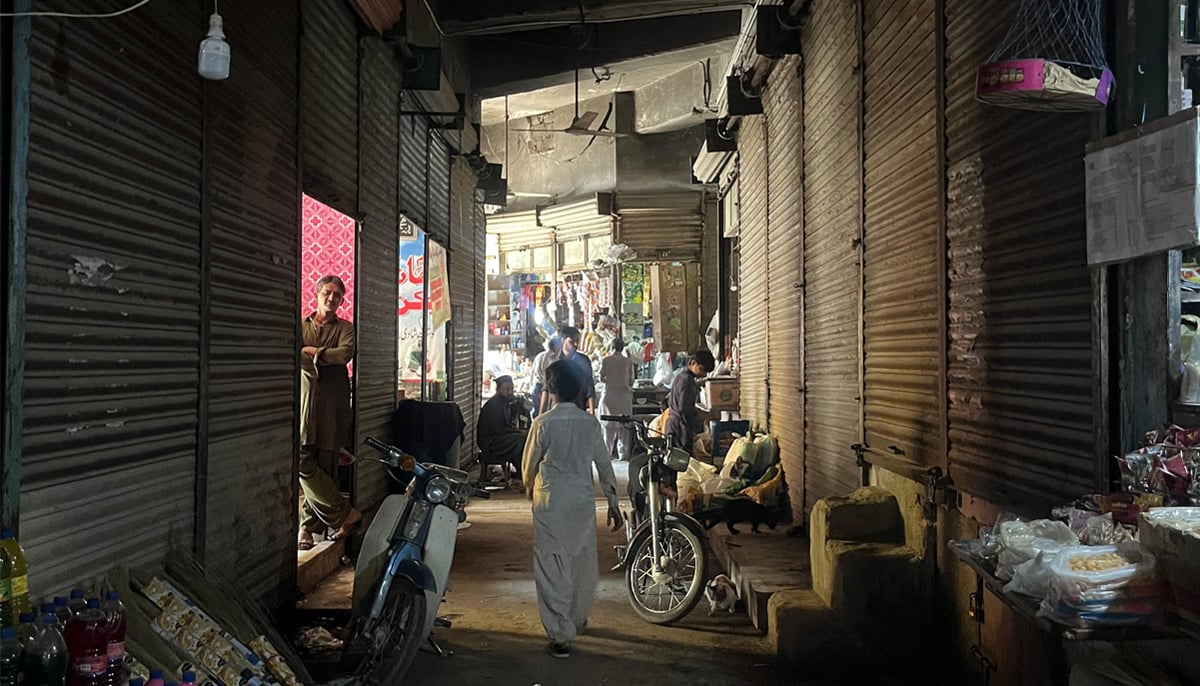
Around fifty years ago, Sufi would pay Rs125 as the monthly rent, whereas now Gullu Bhai pays a half-yearly sum of Rs40,000 for two shops. Pointing out the deteriorating state of the market’s maintenance and management, Gullu Bhai laments the increasing rents. In 2024, KMC announced a rent hike with a promise to various facilities. The target for 2023-24 was Rs290 million, and for 2025, Rs315 million has been set. “He (Murtaza Wahab) said that in Karachi, there were 52 markets under KMC where steps would be taken for cleanliness, sewerage drainage, lighting and security.” Unfortunately, any change in the Soldier Bazaar market is invisible.
To further their grievances, vendors suffer a lack of security. Gullu Bhai incurred losses worth five thousand rupees when some items for sale were stolen from the shop’s storage area. “They took it away right in front of our eyes and we could do nothing,” he highlights the plight of vendors. Now, people have taken matters into their own hands to hold thieves accountable by chasing after them to recover their stolen goods. Gullu Bhai further deplores institutional negligence and recalls how vendors are sent unheard when they complain to the KMC. Recently, a female officer was appointed, and she assured vendors that their concerns would be addressed – “I have no hope in this institution,” Gullu Bhai said, ignoring her assurances.
****
Karachi’s municipal markets are an essential section of the city’s economic fabric, but their current state is alarming, “Unfortunately now these glorious buildings are under immense pressure of urbanisation, deterioration, and demolition,” writes Laiq, in her book. She explains how municipal markets emerged during the colonial period, not just as a business hub, but also as a social space that allowed locals to engage with their English rulers and negotiate representation. Seven of these municipal markets, including the Soldier Bazaar and the Empress Market are still functional. The KMC ensures maintenance but only when the concerns are about encroachments or an informal and illegal adoption of a space.
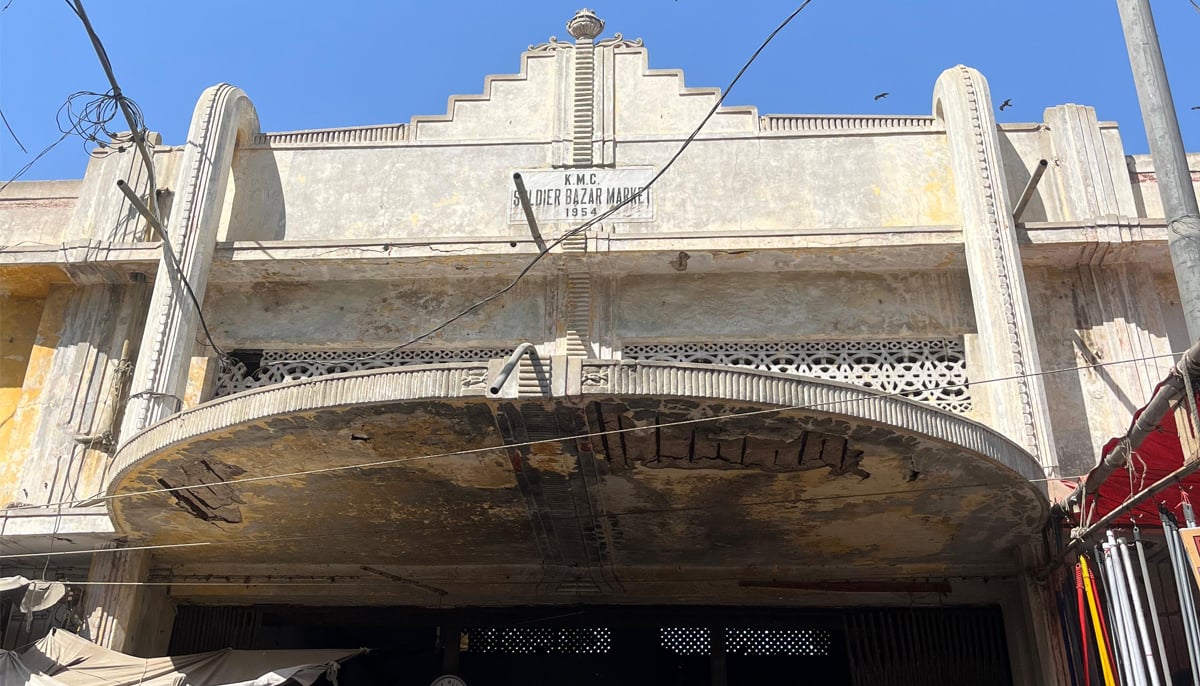
In 2018, an anti-encroachment drive was announced by Karachi’s then-mayor, Wasim Akhtar, who said: “The shopkeepers in the KMC market are bound to be within their remits. KMC will not allow anyone to establish encroachments in its administrative control and all such encroachments will be removed forthwith.” By November, complying with the Supreme Court’s order, informal vendors selling spices, dried fruits, and nuts in and around the Empress Market were all bull-dozed in the name of development. Alongside the Empress Market, The Jubilee Market and Nishtar Road markets also bore the brunt of anti-encroachment drives, leaving many citizens unemployed.
The vendors in the meat market pointed out an empty patch being illegally encroached for new shops — which the KMC swiftly bulldozed. On the contrary, their concerns regarding basic facilities often fall on deaf ears. The meat and fish section experienced a reduction in sales when the market’s peripheries were occupied by grocery vendors, as people from other localities could not find parking spaces.
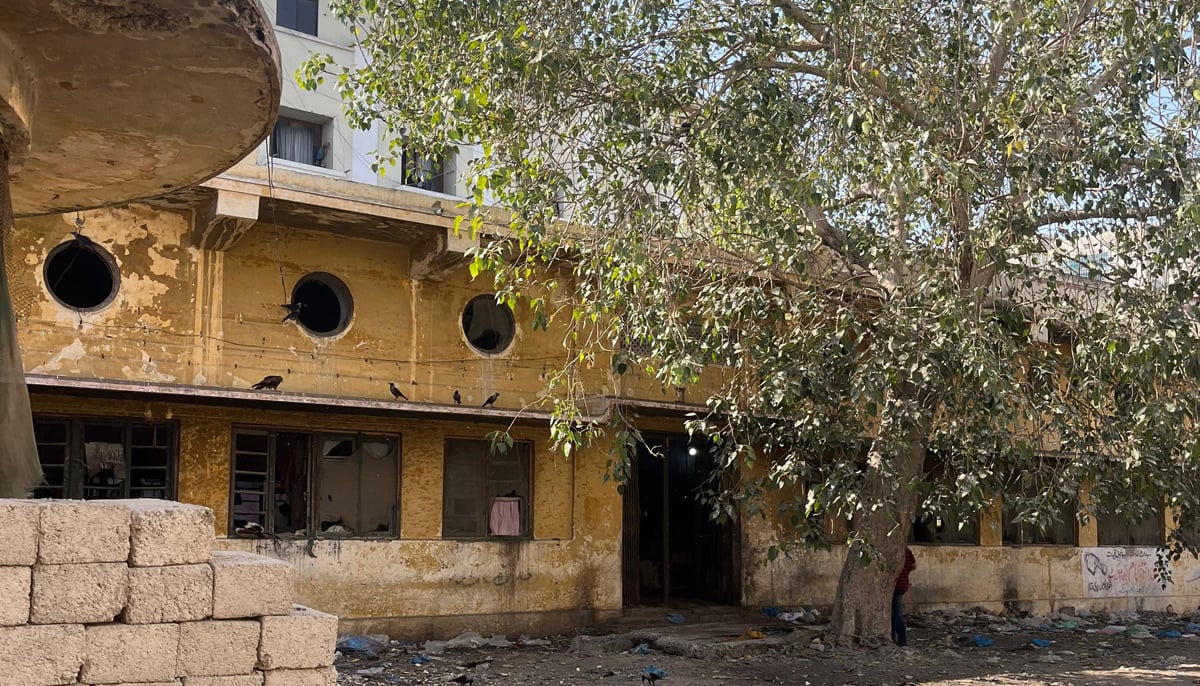
“Due to commercialisation pressures, these activities have spilled over onto the adjoining open spaces, thus causing deterioration to the built fabric and surrounding neighbourhood,” states Laiq.
The local and federal governments’ increasingly Westernised approach to architecture and development around the city has become evident, with Prime Minister Shahbaz Sharif repeatedly referencing plans to turn Karachi into a Dubai or Paris. With little to no attention paid to the citizens’ needs and the existing architecture, such idealistic approaches to urban planning have caused a disconnect.
Sana Rizwan, an urban and environment planner from Karachi, highlights how the city’s local government is unaware of Karachiites’ economic needs by curbing informal businesses in the city.
Addressing the absence of a citizen-motivated master plan for Karachi, she states, “They don’t have a planning body.”
“Neither do they have people who are qualified to design for the city or allocate land space. Karachi’s master plan has not been updated for a while.”
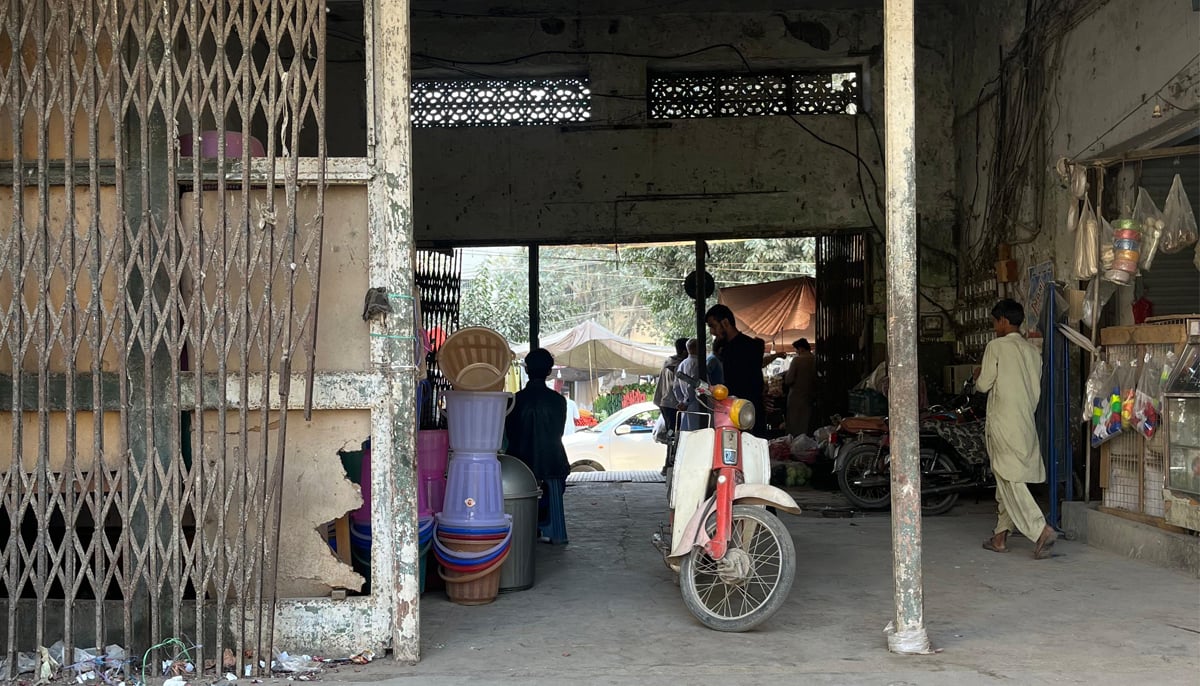
The concerns of vendors like Gullu Bhai expose deeper structural issues affecting every aspect of the city’s economy. He is not a person who succumbs to institutional oppression. Holding onto his esteemed sense of self, he has denounced the KMC and its potential for improvement: “The entire world is moving forward, but we are moving backwards.”
He now takes all his market maintenance complaints to the Ja’fari Alliance, a non-government organisation (NGO) operating in Soldier Bazaar, which is resourceful enough to solve the locality’s concerns by rebuilding broken roads and solving sewerage concerns of the locality before the monsoon season.
****
Wajeeha Laiq recollects pieces of Karachi’s memories spilled across the city in the form of municipal markets. “These were and still are remains of a beautiful era Karachi city once lived and enjoyed, hence need appropriate measures to be undertaken on immediate basis for their survival.”
Gullu Bhai still remembers the clean alleys and pristine structure of the building that dominated the calm streets of Soldier Bazaar that his father would often mention. He takes care of his shops as effectively as possible to ensure that the market’s life can be prolonged, but the deterioration is apparent.
Rizwan advocates for a participatory urban plan devised by city authorities, with residents’ demands incorporated to ensure the city’s functionality and prosperity.
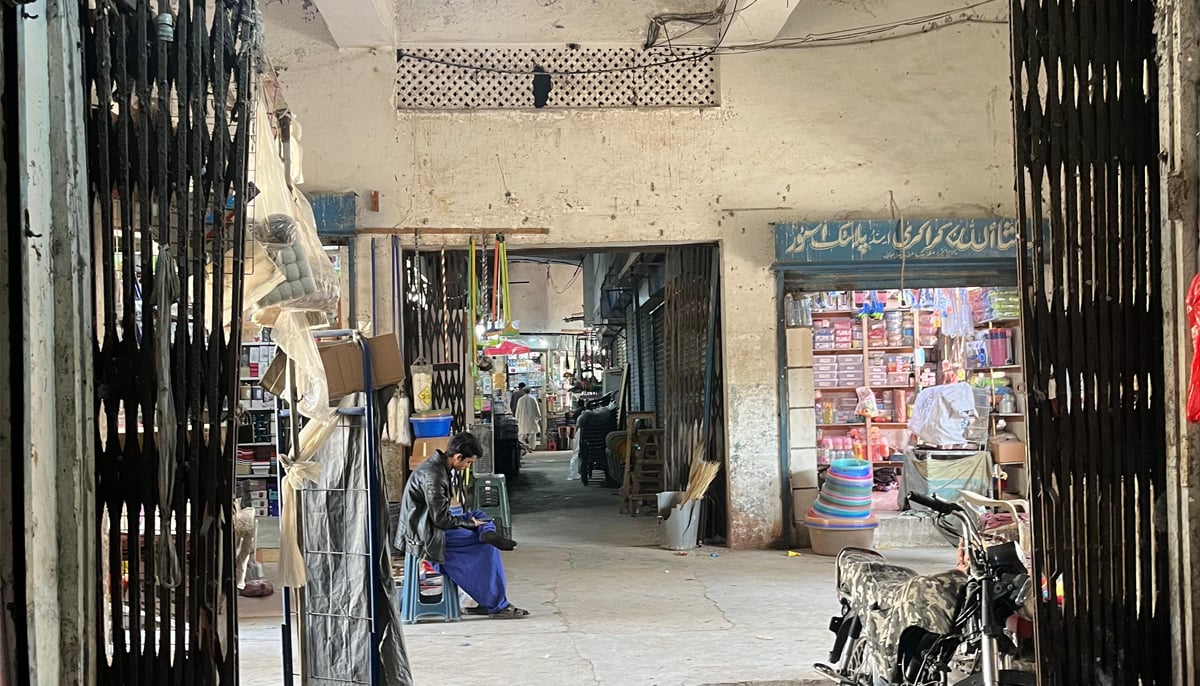
On the other hand, Laiq also points up urban revitalisation as a solution, which “refers to reinvestment in the social, economic, cultural, and physical infrastructure of urbanised historic cores or areas.” This strategy can help developing countries only if they seamlessly integrate new structures within existing spaces, as the city tries to adapt to its modern consumerist needs, without compromising historic architecture.
It is essential for the KMC to rethink the existing economic architecture around the city. Theft, lack of cleanliness, power outages, incompetence, mismanagement and high rents are just a few issues that have left vendors like Gullu Bhai disappointed with a space that represents his father’s legacy. He uses scales instead of electronic weighing devices and a keypad telephone to ensure that he follows Sufi Nizamuddin’s (his father’s) footsteps, uncontaminated by modernity. And despite his attempts to quell modernity’s creeping influence and preserve the memory of his father, the KMC’s gradual degradation has meant his efforts are in vain. A place that was close to his father’s heart is dying a slow death every passing day.
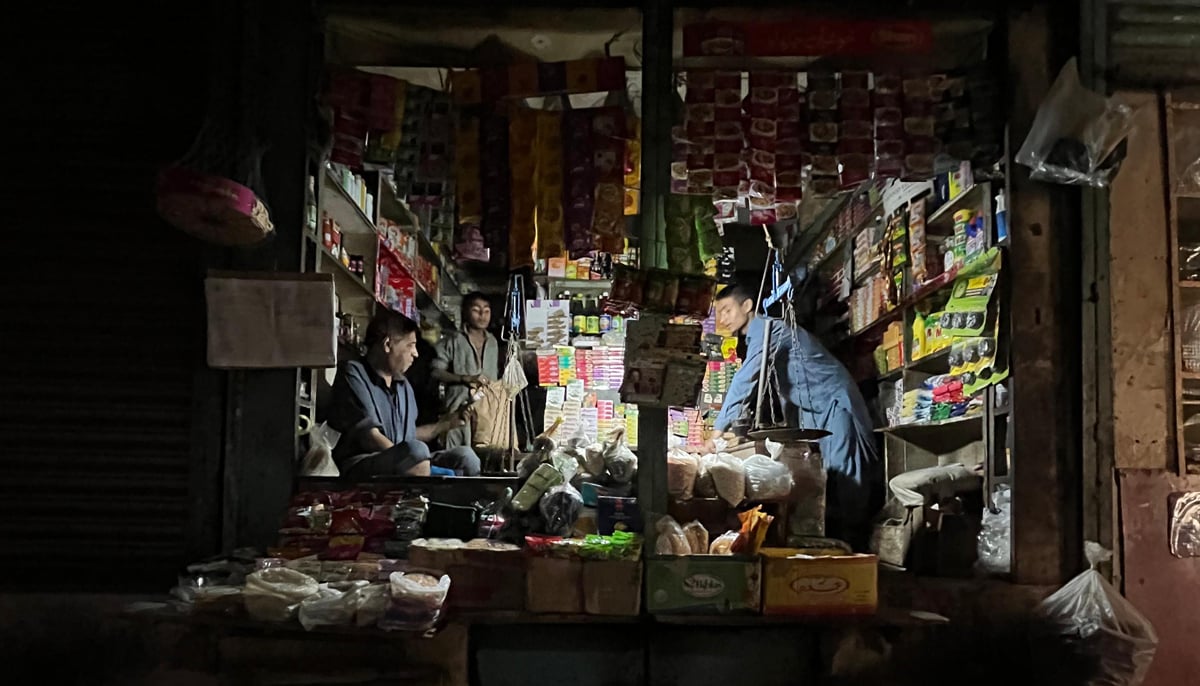
As I stroll through the market, I note the aerial roots hanging off Neem trees, casting a haunting shadow in the convening area, and the fading grey walls of the market yearning for attention.
Despite its ailing condition, the market continues to provide vendors and customers with a space where they can conduct commercial activities and form a community. On the other hand, the KMC profits from the space, collecting rent from thriving businesses while offering little in return. It discounts the fact that the Soldier Bazaar market is a converging point for everyone in the locality. Leaving the market, I can’t help but wonder: If this building were to crumble under the weight of KMC’s neglect, would the institution rise to fill the void — with a space as vital, and as deeply woven into Karachi’s social fabric, as the Soldier Bazaar Market?
Farazin Zehra is a passionate writer from Karachi who likes delving into cultural stories that explore the intertwining narratives of heritage, architecture, and the dynamics of gender and identity in the city.
Header and thumbnail image by Geo.tv
